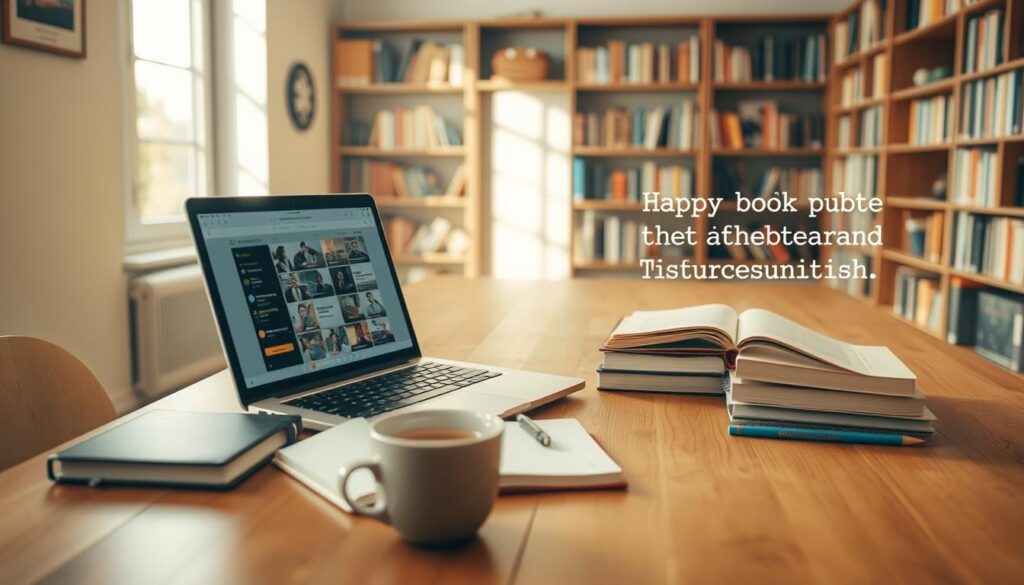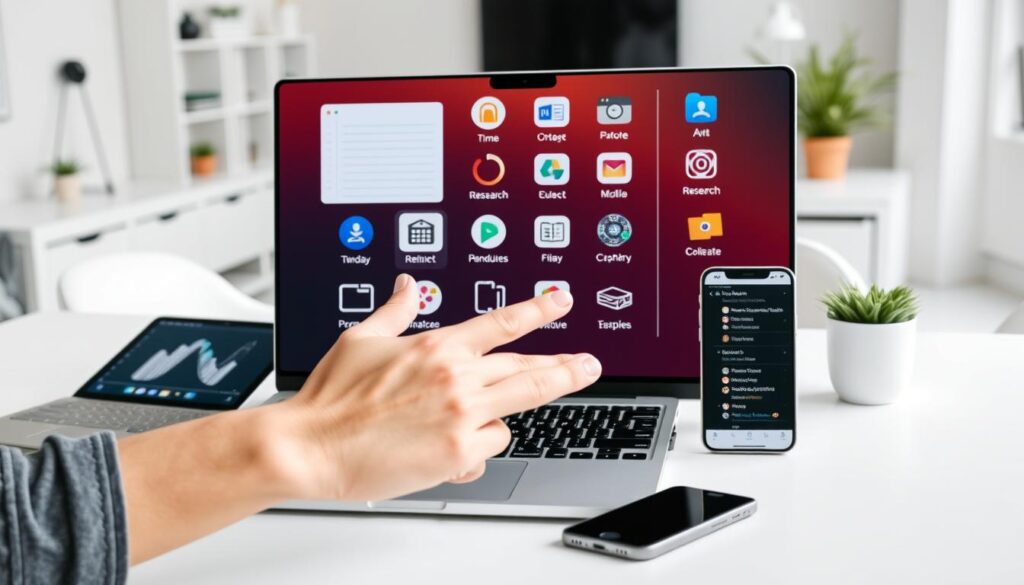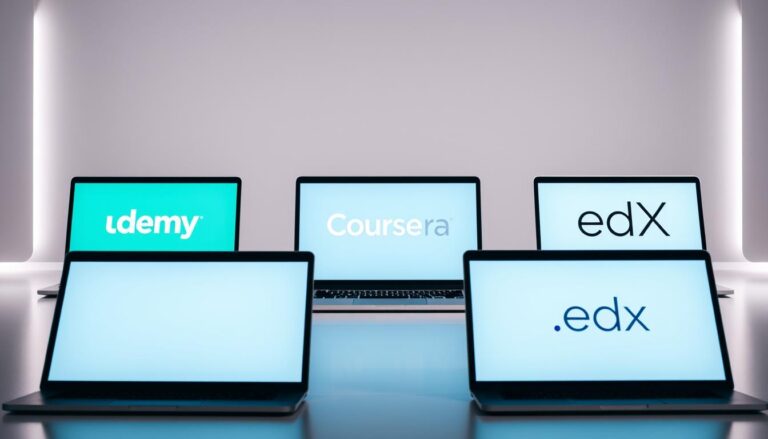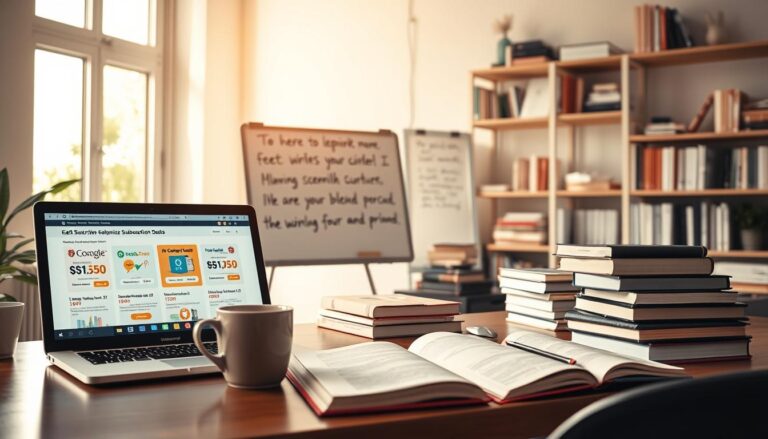How Students Can Use YouTube Effectively for Learning
YouTube has become a central hub for video sharing and virtual entertainment. However, it also holds significant educational power that can make learning more interactive and fun.
With a vast array of educational content available, students can explore various subjects and topics in an engaging way. This versatility and accessibility make YouTube an ideal platform for supplementing traditional learning methods.
By leveraging YouTube’s vast resources, students can enhance their understanding and gain knowledge on a wide range of topics, making it a valuable tool in their educational journey.
The Educational Power of YouTube
The educational power of YouTube lies in its ability to make learning more interactive and engaging. YouTube gives eLearning professionals the power to create videos that learners can access even after the eLearning course has ended.
These videos serve as invaluable reference tools for learners who want to refresh their memory about a particular module or review the content before an exam. With features like playlists, educators can organize content in a structured manner, making it easier for students to follow along.

YouTube’s video creation tools allow educators to produce high-quality content that caters to different learning styles. By leveraging these features, educators can create a more immersive and effective learning experience for their students.
The platform’s ability to support interactive learning is further enhanced by its accessibility and the ability to engage with content creators through comments and discussions.
Finding Quality Educational Content
With the vast amount of educational content on YouTube, it’s crucial for students to learn how to identify reliable sources. The platform hosts a myriad of educational videos, but the quality can vary significantly.
Checking Creator Credentials is a vital step in ensuring the content is trustworthy. When evaluating a video, look for information about the creator. Are they experts in their field? Do they have relevant qualifications or experience? YouTube channels run by educational institutions, experts, or reputable organizations are generally more reliable.
Checking Creator Credentials
To verify a creator’s credentials, check their biography or “About” section on their YouTube channel. Look for links to their official websites or other social media profiles, which can provide additional context about their expertise.
Verifying Information with Multiple Sources
Verifying information with multiple sources is another critical step. Cross-check the information provided in the video with other credible sources. This can include textbooks, academic journals, or reputable news outlets. If the information is corroborated by multiple sources, it’s more likely to be accurate.

By being diligent about the sources of educational content on YouTube, students can ensure they are learning from reliable and accurate information. This not only enhances their learning experience but also fosters a more informed and discerning approach to consuming online content.
How Students Can Use YouTube Effectively for Learning
Leveraging YouTube for educational purposes involves more than just watching videos. It requires a strategic approach to maximize learning outcomes. Students can re-watch YouTube videos as often as needed, and they can use this asynchronous resource at a time that suits their schedule.
Taking Notes While Watching
One of the most effective ways to learn from YouTube videos is by taking notes while watching. This helps students to engage actively with the content, rather than passively watching. By noting down key points, students can reinforce their understanding and retain information better.
To make note-taking more effective, students can summarize the main ideas in their own words, ask questions, and make connections to other relevant concepts. This active engagement enhances comprehension and aids in better retention of the material.
After watching a video and taking notes, the next step is to implement the knowledge through practice. This involves applying the concepts learned from the video to real-world problems or practical exercises. By doing so, students can deepen their understanding and develop problem-solving skills.
Practice is a crucial element of effective learning. It not only reinforces learning but also helps in identifying areas where more focus is needed. Students can use YouTube to find practice exercises or tutorials that guide them through the process, making learning more interactive and engaging.
By combining note-taking with practical application, students can achieve a more comprehensive understanding of the subject matter. This approach to learning on YouTube makes it a powerful tool for educational purposes.
Productivity Tools and Features for Students
Leveraging YouTube’s productivity tools can revolutionize the way students learn. YouTube offers several features that can enhance the learning experience, making it more efficient and accessible.
Downloading Videos for Offline Learning
One of the most useful features for students is the ability to download videos for offline learning, available with YouTube Premium. This feature allows students to access educational content anywhere, anytime, without needing an internet connection. Offline learning is particularly beneficial for students with limited internet access or those who prefer to study in areas with poor connectivity.
Background Play for Audio Learning
Another valuable feature is background play, which enables students to listen to audio from videos while doing other tasks. This is especially useful for audio learning, where students can listen to lectures or podcasts while commuting, exercising, or working on other activities. Background play enhances multitasking capabilities, making it easier for students to manage their time effectively.

YouTube Premium also removes ads, providing an uninterrupted learning experience. By utilizing these productivity tools and features, students can create a more streamlined and effective learning process.
Note-Taking Strategies for Video Learning
Students can significantly enhance their learning experience on YouTube by employing effective note-taking techniques. By doing so, they can engage more actively with the material and retain information better.
Timestamp-Based Notes
One effective method is using timestamp-based notes. This involves noting down the timestamp whenever a key point is discussed in the video. For example, if a crucial concept is explained at 4:20, students can jot down “4:20 – Concept X explained” in their notes. This technique allows students to quickly reference specific parts of the video later on.

Another valuable strategy is summarizing key concepts. After watching a section of the video, students can pause it to summarize the main points in their own words. This helps in understanding and retaining the information. Summarizing key concepts reinforces learning and aids in recalling important information. Additionally, pausing the video to ponder and write down reflections or answers to questions can further enhance comprehension.
By incorporating these note-taking strategies into their YouTube learning routine, students can improve their ability to grasp and retain information from educational videos.
Collaborative Learning with YouTube
Collaborative learning on YouTube offers students a unique opportunity to engage with others who share similar interests and goals. This platform allows students to connect with a vast community of learners and educators, fostering a sense of community and enhancing their educational experience.
Engaging with Content Creators
YouTube enables students to engage with content creators who produce high-quality educational content. By interacting with these creators, students can gain a deeper understanding of the subject matter and stay updated on the latest developments in their field of study.
Finding Study Partners in Comment Sections
The comment sections on YouTube videos provide a space for students to discuss topics, ask questions, and connect with others who share similar interests. By engaging with others in the comment sections, students can find study partners and collaborate on learning projects, further enhancing their educational experience.
This collaborative approach to learning on YouTube promotes a more engaging and interactive experience, allowing students to learn from one another and develop a sense of camaraderie.
Conclusion
YouTube can be a powerful tool for learning when used effectively. By leveraging its vast educational content, students can access a wealth of knowledge and develop new skills. Effective use of YouTube involves identifying quality content, utilizing productivity tools, and engaging in collaborative learning.
By adopting the right strategies and mindset, students can unlock YouTube’s full learning potential. This involves being intentional about the content they consume, taking effective notes, and engaging with others in the YouTube community. With YouTube, students can enhance their learning experience and achieve their academic goals.







